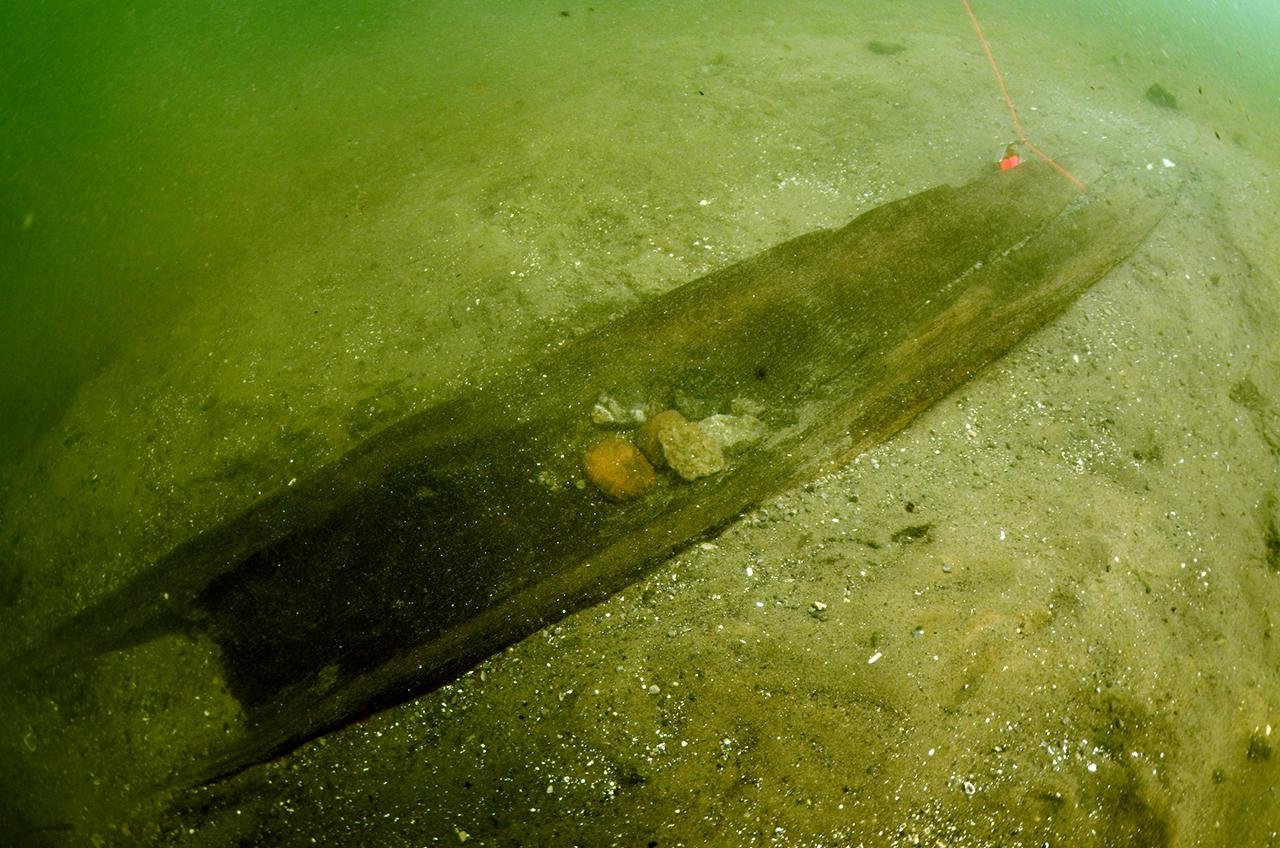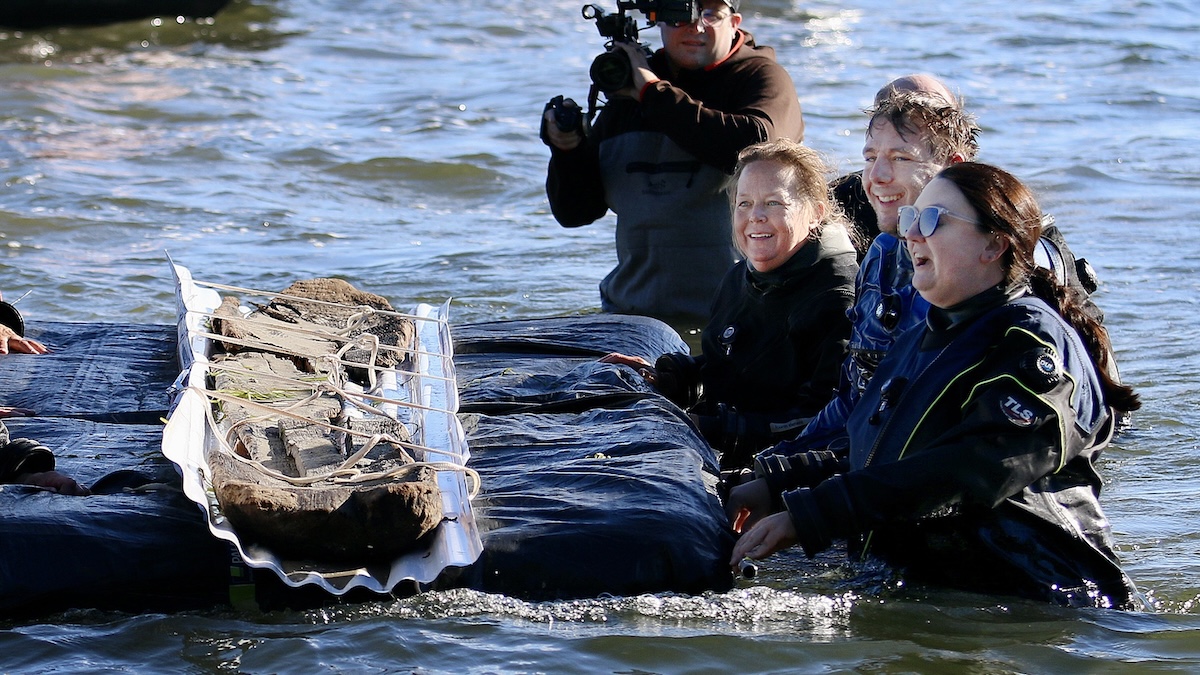They Found Something Older Than the Pyramids in America
Rediscovered Ancient Wonders Beneath American Waters

Hidden beneath the surface of Lake Mendota in Wisconsin lies a mystery that has reshaped our understanding of American archaeology. Maritime archaeologist Tamara Thomsen’s discovery during a routine swim in 2021 uncovered a 1,200-year-old dugout canoe made from white oak. This remarkable find was just the beginning of a journey into America’s distant past.
To put this into perspective, this canoe predates the Norse Vikings’ arrival in North America and was crafted during a time when the Mayans were flourishing. Further exploration revealed 79 similar dugout canoes, some dating back 4,000–5,000 years—contemporary with the construction of the Great Pyramids of Egypt.
The waters around Madison, known as Dejope in the Ho-Chunk language, were more than a scattering of villages—they were a thriving center of trade and innovation. Thousands of years ago, families gathered along these shores, where skilled artisans used shells and stone tools to carve canoes from massive logs.
:focal(1429x953:1430x954)/https://tf-cmsv2-smithsonianmag-media.s3.amazonaws.com/filer_public/ea/1d/ea1d79a1-0873-4102-9d23-6f31fea8f026/janfeb2025_a13_prologue.jpg)
This tradition adapted with changing landscapes, evolving from oak to the harder elm wood as forests gave way to savannas.
What’s astonishing is the near-perfect preservation of these artifacts. Some canoes were found with paddles and tools still in place, offering a glimpse into the lives of their creators. These ancient vessels aren’t just artifacts—they’re time capsules revealing a forgotten world of craftsmanship, resilience, and ingenuity.
Today, this legacy lives on. Young members of the Ho-Chunk Nation are reviving the art of canoe carving, connecting with their ancestors through ancient techniques. Their work breathes life into a design so refined that it remained unchanged for millennia—a testament to its ingenuity.

These discoveries remind us that history is often hidden in plain sight. Beneath the waters where we swim and fish lie stories of civilizations that shaped our world. The dugout canoes serve as bridges to a time when waterways were bustling highways, and every journey was an adventure.
For those who believe American history began with European colonization, these canoes tell a different tale—one of innovation, mastery, and a deep connection to the land and its resources. By looking beneath the surface, we uncover not only our past but also lessons to guide our future.








